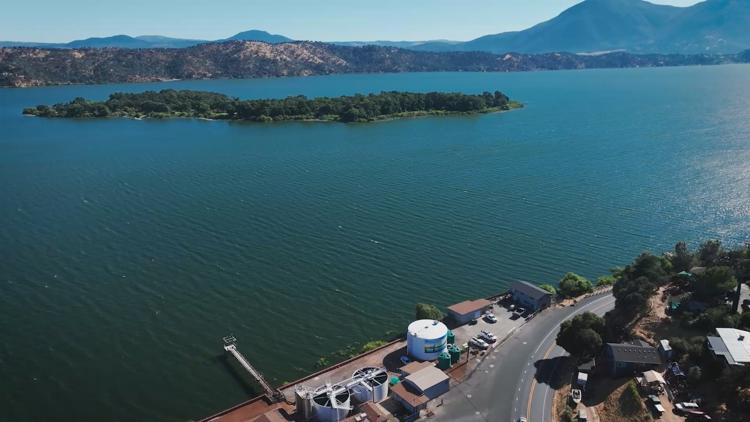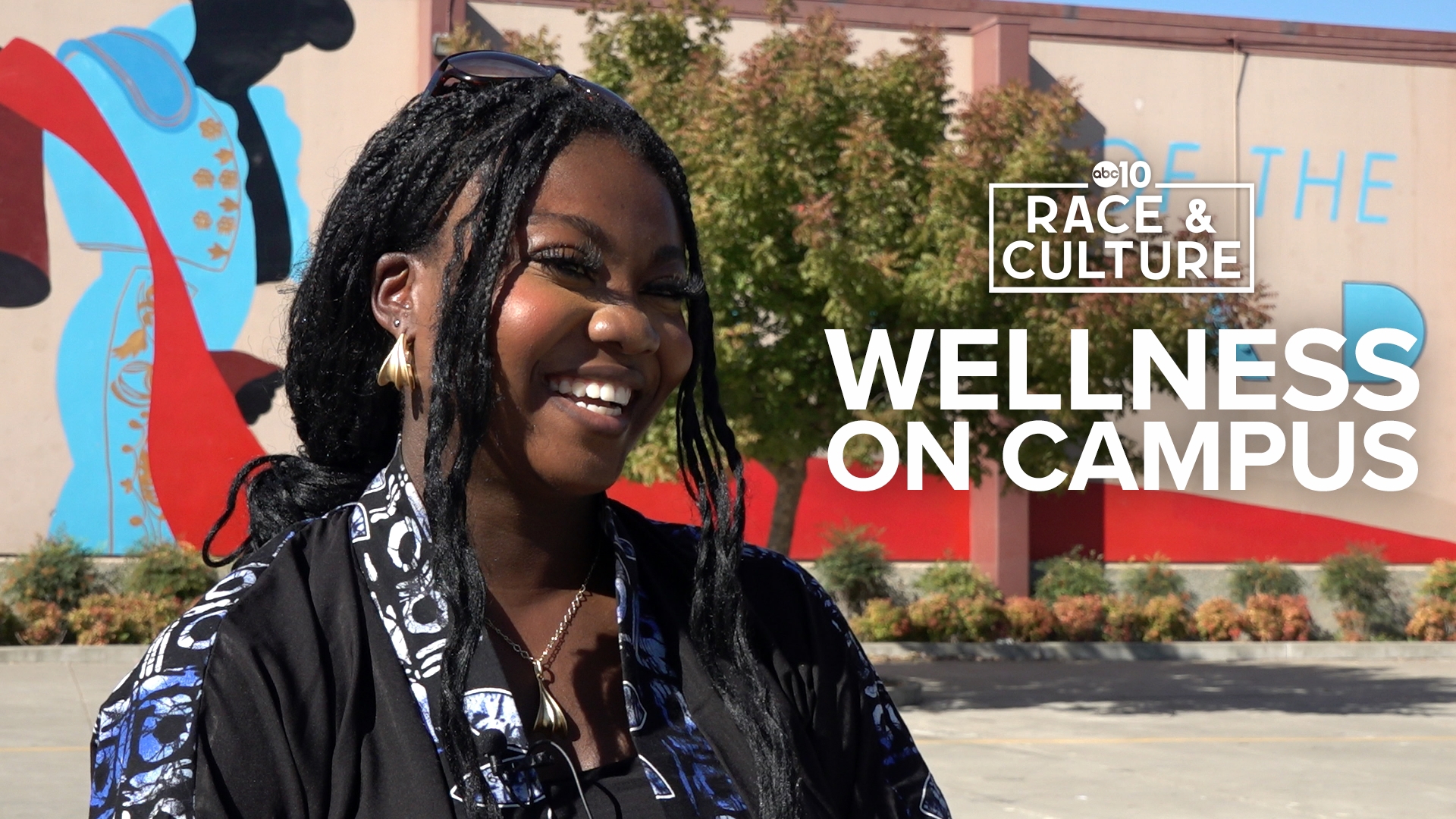LAKE COUNTY, Calif. — Clear Lake is the largest freshwater lake that lies wholly in California. It's also the oldest warm water lake in North America, having formed over half a million years ago, but those ancient waters and surrounding shores hide a dangerous element that could suffocate this treasure.
Warming temperatures and a changing climate are giving algae and bacteria the upper hand. The community isn't willing to give up, though.
Long-time resident Debbie Clarke sees the potential in the lake sitting just 100 miles north of Sacramento and San Francisco.
She recalls summer days from her childhood when the lake would go from 1,000 people to 15,000 people starting Memorial Day weekend. Even though the population of permanent residents has grown, Debbie says it still feels like a close-knit community. One neighbor is even working on revitalizing an old boat slip with hopes of making it a place to swim and fish, if he can find a way to keep out a dangerous bacteria growth called cyanobacteria.
Jim Steele, a retired ecologist and Clear Lake resident, says the cyanobacteria form at the north end of the lake where conditions are ideal. Winds carry the bacteria to the south end of the lake where it dies and releases phosphate, a key ingredient to bacteria growth.
The weather pattern, along with Clear Lake’s geographic history, create a perfect breeding environment for harmful bacteria.
The lake was shaped over a period of almost two-million years from faulting, tilting, erosion and even volcanism. Mount Konocti still stands high as a reminder of this ancient activity. Eruptions from the ring of volcanoes deposited high amounts of phosphorus near the lake. During a rainstorm, sediment containing the phosphorus will be carried down the hills and deposited in the lake.
This starts the recipe for cyanobacteria growth. The combination of elevated phosphorus levels and high temperatures reduces the oxygen in the lake, giving cyanobacteria an opportunity to grow and the upper hand over fish and other organisms.
One of the ways to treat this bacteria, at least on the south side of the lake, is to inject it with oxygen or put on a chemical that would keep the phosphate from coming to the surface. The other option is to head to the place where it all begins, the north side of the lake.
Martin Duncan is a Pomo Tribal member and has a long history. Many of his ancestors died in the lake during a massacre called Bloody Island. His great-great-grandma survived by hiding in the tule weeds surrounding the lake.
Over the years, those tules were removed along with precious floodplains that helped keep the lake in a natural balance. Martin is now working to replant those tules and restore the lake’s natural ecosystem alongside the Robinson Ranch Area Environmental Center. The goal is to reduce unhealthy runoff by integrating native practices with western science.
Luis Santana, the Robinson Ranch Area Environmental Center Water Manager, says applying this practice to Clear Lake is challenging. He says there are shortcomings when it comes to understanding tribal practices. He believes having more collaboration between tribal, county, state and federal policies, plus funding conservation and restoration efforts can help bridge the gap.
Helping in that effort is E.J. Crandell, Supervisor District 3. He says being part of tribal leadership can get him access to parts of government he wouldn't normally have as a supervisor. For example, he was able to go to the office of tribal governments for California with access to Governor Gavin Newsom. E.J. also serves on a national advisory committee for the Environmental Protection Agency, another way to connect government and native communities.
Those connections are helping push forward efforts like the Middle Creek Restoration Project. E.J. says bringing back the marsh land would help create a collection point for all the sediment and nutrient load coming from the hills that eventually runs off into the creeks and into the lake.
The state of California is also involved creating the Blue Ribbon Committee which includes representatives from tribes, Lake County, UC Davis and the Central Valley Regional Water Quality Control Board. This is part of the state’s ongoing investment in the lake, which include a $2 million multi-year scientific research contract with UC Davis, $5 million in voter-approved bonds from Proposition 68, and a recent $15 million bond-funded investment to aid in the Middle Creek Restoration project.
From native practices and putting more voices at the table to western science, there's community buy-in to keep Clear Lake clear.
WATCH MORE ON ABC10 | Tiny threat, big impact: invasive snails thrive in Lake Tahoe





















